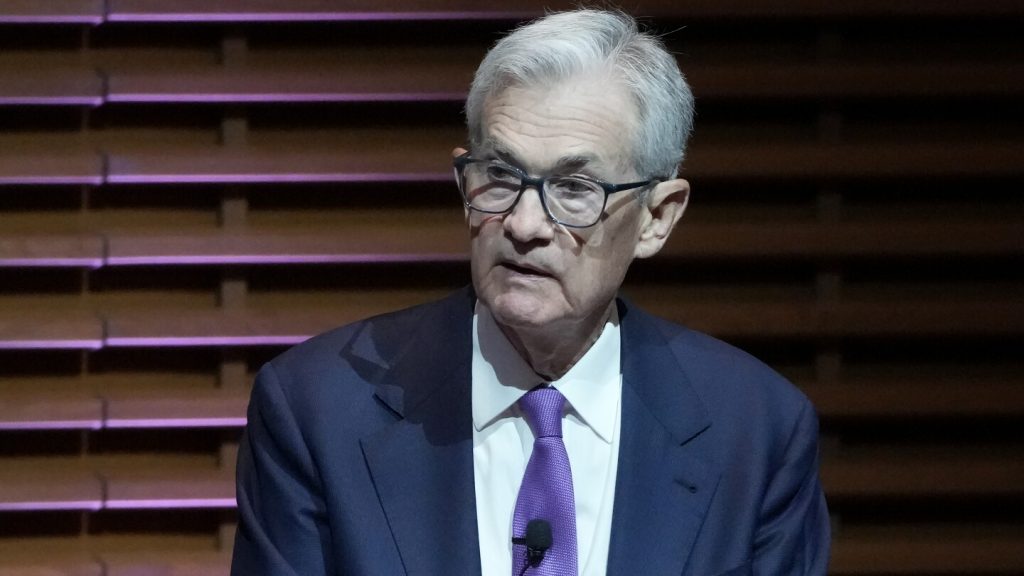Federal Reserve Chair Jerome Powell indicated in a speech at Stanford University that the Fed is likely to reduce its benchmark interest rate sometime later this year. Despite recent reports showing a strong U.S. economy and an increase in U.S. inflation in January and February, Powell believes that the overall picture remains one of solid growth, a strong labor market, and inflation moving towards the 2% target. Most Fed officials see it as appropriate to start cutting the key rate at some point this year, regardless of the upcoming presidential election.
The upcoming months pose a delicate decision for Fed officials, as they must consider the timing of rate cuts to avoid high inflation or a potential recession. Annual inflation has increased to 2.5% but is still above the Fed’s 2% target. If rates are cut too soon, inflation could remain high; however, waiting too long could lead to an economic downturn. The recent uptick in inflation has caused economists to push back their projections for when the Fed will start cutting rates, potentially delaying the decision until July or later.
There is speculation that the Fed might postpone rate cuts until after the presidential election in order to avoid political implications. Former President Donald Trump has criticized Powell for considering rate cuts that could benefit his political opponents. Powell emphasized the independence of the Fed from political influences and stated that monetary policy decisions should not be based on short-term political matters. Past presidents have pressured the Fed to cut rates before elections, but Powell stressed the importance of making decisions based on economic factors.
Fed officials forecasted the possibility of three rate cuts this year, but strong economic growth could diminish the need for such cuts. As long as the economy remains healthy, the Fed can take time to assess inflation and ensure it aligns with the 2% target. Recent reports have shown that consumer spending is increasing, and prices are rising faster than desired for the Fed’s inflation target. Powell emphasized the importance of letting incoming data guide policy decisions and determining the impact of recent inflation readings on future rate cuts.
Other Fed officials have expressed varying opinions on the number of rate cuts needed this year, with some expecting three reductions and others anticipating just one. The decision on rate cuts will depend on inflation trends in the coming months, with some officials emphasizing the need for inflation to slow down before taking action. Overall, there is uncertainty about the timing and number of rate cuts, but the Fed is focused on maintaining a healthy economy and managing inflation effectively in the coming months.


